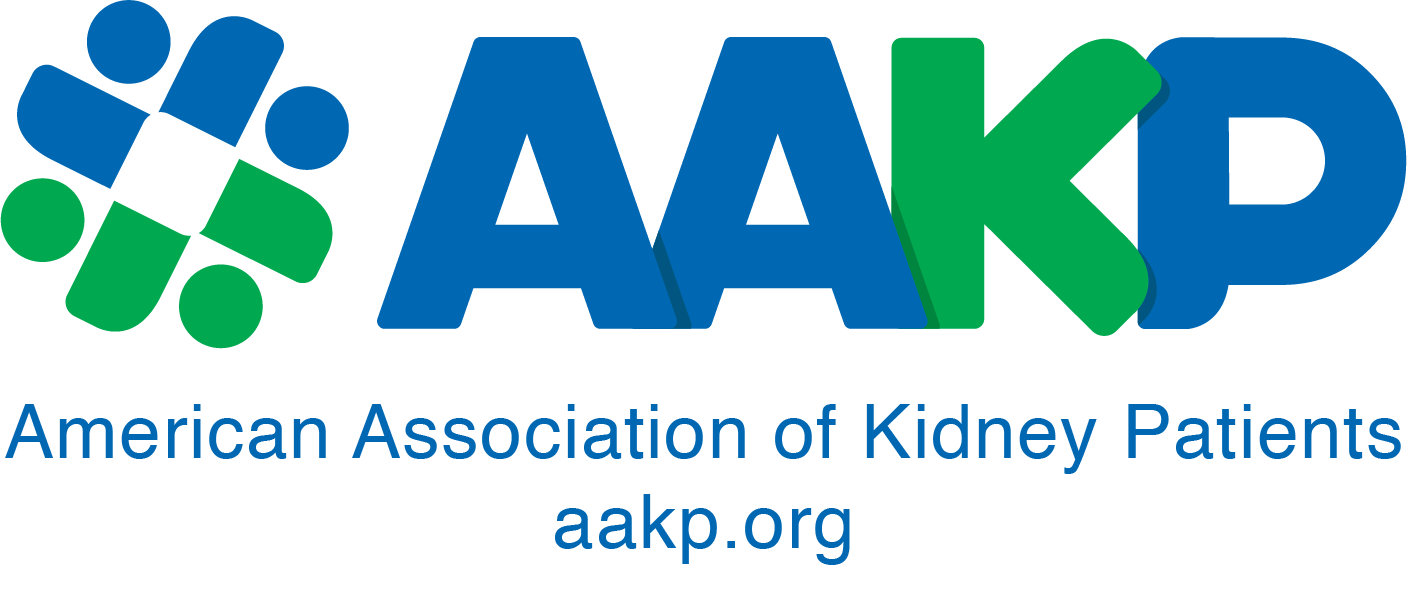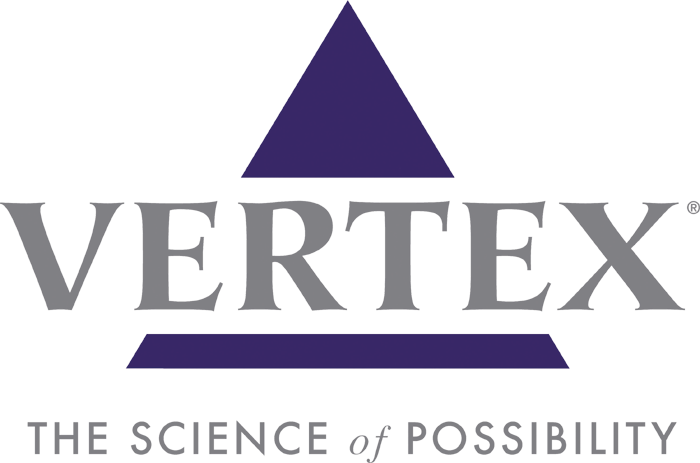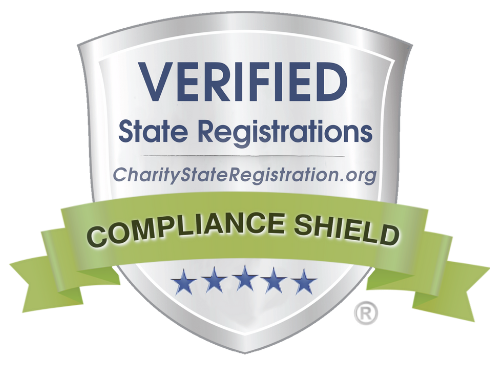By Rebecca Hiers, Registered Dietitian
Balancing life, chronic kidney disease, other medical issues, a new way of eating and your finances can be a daunting task. At times it can certainly seem impossible! However, it doesn’t have to be a challenge. With a few tips, some planning, and a little preparation, eating meals that are low cost, healthy no matter which stage of kidney disease, and satisfying can be achieved!
A common misconception is that eating well requires the freshest fruits and vegetables, the highest quality proteins and a very large income. It is also assumed that to stick to a frugal food budget you are left with processed snack cakes, high sodium foods, and lots of chemicals. However, neither must be true. Some of the quickest and healthiest options can be cost conscious. It does require a bit of thought but even a tight budget can allow for tasty, healthy meals, suitable for whatever stage of kidney disease you may have.
Think Fresh …. Think Again
Did you know that some of the most nutritious fruits and vegetables are in the freezer and canned aisles? Fruits and vegetables that are frozen and canned capture the produce at its peak. The nutrients are retained. Canned and frozen fruits and vegetables are also the most affordable options in the grocery store. Just remember when buying canned to choose no salt added vegetables and fruits canned in water or 100% juice. If buying frozen, skip the added sauces and sugars.
Skip the Big Names
Stick to store branded items when possible for the best savings. Higher cost does not mean better nutrition or taste. Every penny helps when grocery shopping. Sometimes the brand name item can be a better value if there is a BOGO or sale, however, so keep your eyes open for sales and promotions.
Meatless Money Mizer
Adding a meatless meal or day to your week can save tons of money at the store all while getting needed nutrition. Eating a more plant-based diet has even been shown to slow chronic kidney disease progression. Typically, these meals are quick to prepare since you don’t have to worry about cooking times for animal proteins. Spice up some beans and rice by adding all your favorite taco toppings (think lettuce, sour cream, and a small amount of cheddar cheese or salsa).
Buy in Bulk
Buying and cooking in bulk saves time and money. Buy brown rice and other grains such as quinoa by the pound, cook, and store in single servings in the freezer. This allows you to have a healthy whole grain side ready in about 90 seconds! Just remember when buying to check the per ounce/per item pricing to get the best deal. Most stores have this cost on the tag in small print. It pays to look at it.
Slow Cooker = Fast Meal
The slow cooker is the forgotten hero in your kitchen. However, it’s time to dig it out, dust it off, and put it to good use! Use the slow cooker to make tender proteins. Throw some frozen chicken, lean pork or beef roast in with low sodium stock, onions, and garlic in the slow cooker and turn on low for 8-10 hours for fork tender protein. Shred and store in the freezer in single serving containers. Use them in quick tacos, sandwiches, rice bowls, etc.
Eat Eggs
Eggs are power houses of nutrition. They are also inexpensive and quick to cook. Keep some on hand to make breakfast higher protein. Don’t forget about them for lunch and dinner though. Eggs with whatever vegetables that you have on hand makes for a great omelet and healthy meal on a busy day or when you just don’t have the energy to cook much.
Change the way you shop
Before ever heading to the grocery store make sure to check what you already have in the fridge and pantry. Then make a list and stick to it. When we don’t have a game plan, items we don’t need often end up in our cart adding to the grocery bill. Also try to eat before grocery shopping. Shopping hungry leads to impulse buys that can add up. If this is difficult, try one of the newly popular curbside grocery pick-ups. Most chain grocery stores offer free grocery pickup. Let them do the shopping (especially on those days when you may feel drained) and save money too!
Shop the sales
Keep an eye out for items you use often that are on BOGO or a huge sale. When you see these try to stock up. This can lead to huge savings. Another saver is to plan your meals around the sales. Chicken thighs on sale? Plan a few meals that utilize them that week.
Buy in season
The best prices for produce will always be on fruits and vegetables that are in season. Buy yellow squash and zucchini in the summer, apples in the fall, and berries in the spring. They are also the most flavorful while they are in their peak season as well.
Beans
Canned beans offer huge health benefits. They are high in fiber and low in protein. When buying canned they can provide a fast option for a meal that is extremely low cost. A can of chickpeas combined with cucumber, onion, bell pepper, olive oil and lemon juice can make a delicious lunch or dinner.
The Freezer is Your Friend
Using just part of an ingredient? Don’t toss the leftover. Place in a container or storage bag in the freezer. No need to buy again the next time you use it. If fresh fruits and vegetables are getting older, cut them up and freeze as well to be used at a later time.
Rebecca Hiers is a Registered Dietitian at Fresenius Kidney Care in Orange Park, Florida. She specializes in nephrology nutrition and is board certified specialist in renal nutrition. Rebecca currently works with in center hemodialysis, peritoneal dialysis and home hemodialysis therapies. She has been providing nutritional counseling to dialysis patients for almost six years, three of which she’s spent at Fresenius Kidney Care (FKC). Most recently, she’s leant her talent to a collaborative initiative to help create a 7-day meal plan that is high in fiber and rich in plant-based ingredients for dialysis patients and their families to enjoy.























